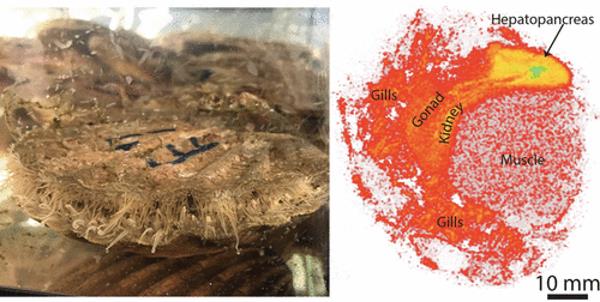Microplastics also in scallops. Marine pollution appears to have no borders. Already found in other foods, billions of tiny bits of plastic have been traced to these marine organisms
Microplastics also in scallops. Marine pollution appears to have no borders. Already found in other foods, billions of tiny bits of plastic have been traced to these marine organisms.
This was revealed by a study, conducted by the University of Plymouth, according to which it takes just a few hours, just 6, for billions of plastic nanoparticles to invade the main organs of a marine organism. Conducted as part of RealRiskNano, a £ 1,1 million project funded by the Natural Environment Research Council (NERC), the research aims to study the effects of microplastics on the marine environment.
A systematic review
The scallops (Pecten maximus) were exposed to amounts of carbon-labeled nanopolystyrene, after six hours a special radiograph was used to show the number of particles present in the organs and tissues.
Scientists looked at the absorption of the nanoparticles and found that billion fragments about 250 nm long (about 0.00025 mm) had accumulated inside their intestines. However, many others, even smaller and 20 nm in size (0,00002 mm) had spread out throughout the body, including kidneys, gills, muscles and other organs.

Dr Maya Al Sid Cheikh, head of the study, has explained:
“For this experiment, we needed to develop a completely new scientific approach. We have manufactured plastic nanoparticles in our labs and incorporated a label into them so that they can be tracked in the body of the scallop at environmentally relevant concentrations. The results of the study show for the first time that nanoparticles can be rapidly absorbed by a marine organism and that in just a few hours they are distributed to most major organs ”.
The study will help understand how plastic particles are absorbed across biological membranes and accumulate within organs. Disturbing but more than realistic prospects given that microplastics are now everywhere, in the foods that we bring to our tables every day but also in beverages.
The study was published in Environmental Science and Technology.
READ also:
- Microplastics in fish and animals of the Tyrrhenian Sea: Greenpeace's shocking discovery
- Microplastics can spread through flying insects, shock study
Francesca Mancuso


























